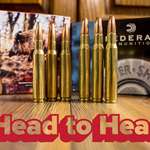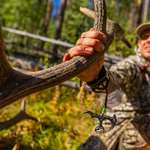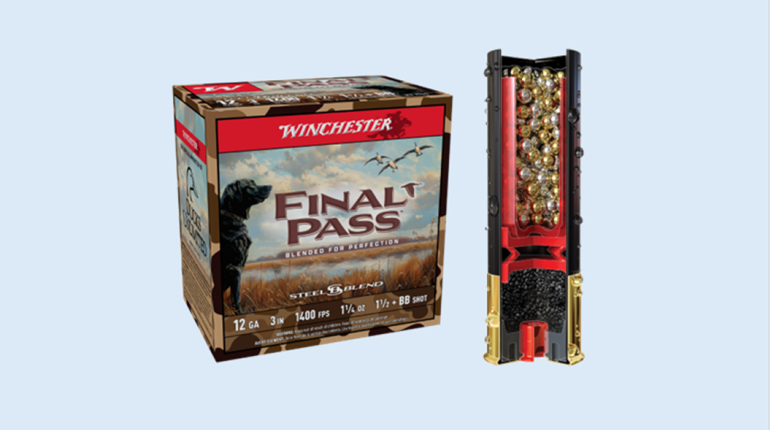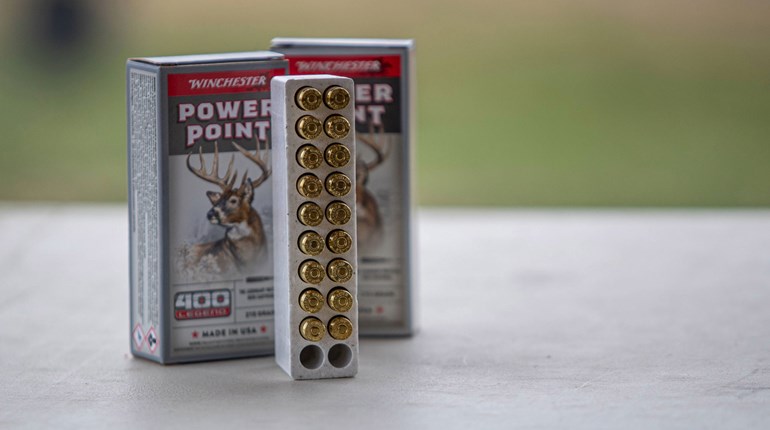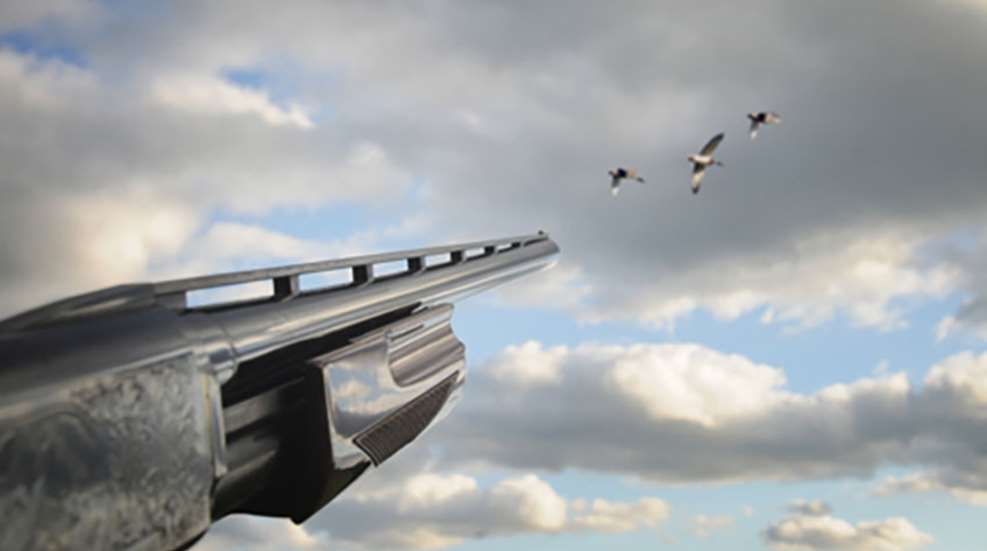
Gear and scouting intensive, successful duck and goose hunting requires that you prepare for as many variables as possible. Quite frankly it can be overwhelming for a newbie, but that doesn’t mean you can’t get into the field and find success with minimal time, effort and expenditure.
Dress Correctly
Like deer hunting, ice fishing or any other outdoors activity that takes place after Thanksgiving, staying warm means the difference between comfortably waiting out your quarry and, realistically, hating life and daydreaming about what else you could be doing.
The most basic piece of attire for a water-destined duck hunter is waders. To be specific: neoprene waders. Unless you’re waterfowling Mexico or the Caribbean, breathable waders will leave you chilled to the bone. Waders come in a variety of thicknesses; choose one appropriate to the climate you’ll hunt most often.
Under your waders, and your waterproof coat, should reside a series of layered clothing that insulates you, keeps you dry and traps warm air around your body. That means a base layer (what old timers call “Long Johns”) that helps insulate your core while wicking sweat away from your skin (something old-time Long Johns didn’t do) and a mid-layer like a sweater on top and wader pants below.
A pair or two of heavy wool socks (or conversely, cotton socks under wool) should keep your toes from freezing into bricks. In extreme conditions, try sticking some ToastiToes to your feet.
Stay Concealed
Like big-game hunting, it’s important to break up your profile and to add depth to your position. Unlike big game, waterfowl, like most birds, can see color. That means it’s much more important to match the shading of your camouflage to your surroundings. Slightly darker or lighter or different textures seen at the microcosm level aren’t as important as blending into the bigger picture with your layout scheme. Using surrounding vegetation can help add depth, proper coloring and fine touches to layout blinds, temporarily constructed hides or boats.
The dead giveaway of a rookie in the blind is the guy that looks straight up into the sky. A shiny white face peering out of the confines of a blind looks like the Bat Signal shining in a Gotham night; conceal your face with a mask, makeup and/or stay hidden in the shadows, only glancing up in slight increments from the corner of your eyes or from under the brim of a hat.
Your Best Decoy Strategy
Your fakes can make or break your hunt. Conversely, if old timers could lure birds within range using black-painted blocks of wood, then maybe flocked heads, realistic paint schemes and full-body mounts aren’t that important.
Here’s what your decoys need to do: grab the attention of passing waterfowl and keep them interested until they’re in gun range. That’s it. The aforementioned details, like paint schemes and flocked heads, keep birds coming and, more importantly, don’t give them a reason to bug out.
In the early season you can get away with a few decoys. Around the middle of the season or height of the migration, if it occurs early enough, lots and lots of decoys work well. But when it gets later, dropping the number of decoys back down will look more natural.
What that means for a beginner is that a couple dozen mallard decoys will serve you well to start. As seasons pass and you find more money and room to dedicate to your spread, you can add a variety of different species to your decoys for more detail. But in the beginning, use the best mallard decoys you can afford—they are the go-to decoy.
To start, put your best decoys where you want the birds to land, and leave enough room between decoys so they look natural—and put a big, open landing hole right where you want the birds to drop.
Get the Best Gun Gauge
While upland bird hunters and big-game hunters can debate the merits of various gauges and calibers, the undisputed king of the wetlands is the 12-gauge shotgun. Yes, you can use a 20 or 10 gauge, but for versatility with knockdown power you can’t beat the 12 gauge for everything from divers like canvasbacks to puddlers like mallards.
Keep it simple and get a 12 gauge. It will put you in the game for big and little ducks, along with geese and upland species. Paired with the right chokes and shot sizes, a 12 gauge gives you the most wiggle room around.
Choose the Right Ammo
The days of lead shot are well over. Instead, shot like steel or other heavy metals is the standard these days. What this means is that you need to find the shot type and size that patterns well with your gun and that is appropriate for the size of bird—usually around the BB size for geese and No. 2 or No. 3 for ducks.
Compared with lead, steel gives a tighter pattern out of various chokes, while heavy metal mixes pattern somewhere in between the two polar opposite of pellet consistency.
While the bismuth and tungsten materials might give a more consistent or similar pattern to lead, they cost a pretty penny, sometimes a very pretty penny. Steel patterns much differently but doesn’t hit the wallet as hard.
To make the most of your time and money, pattern your gun with steel shot and understand how it reacts to various chokes.
Make the Right Call
Perhaps the most intimidating part of waterfowling is calling to the birds with others in the blind counting on your vocal persuasions.
You don’t have to be a world-champion caller to bring in birds—some of the worst-sounding vocals in a marsh oftentimes belong to a hen mallard. Learn the basics, how to honk and cluck for geese and a few quack cadences for ducks, and then use them sparingly.
At a distance just get the birds’ attention and then only call enough to keep them interested. Take your cues from the circling birds: When they call to you, just reply with a single quack or honk. If they’re working quietly, stay silent yourself.




















